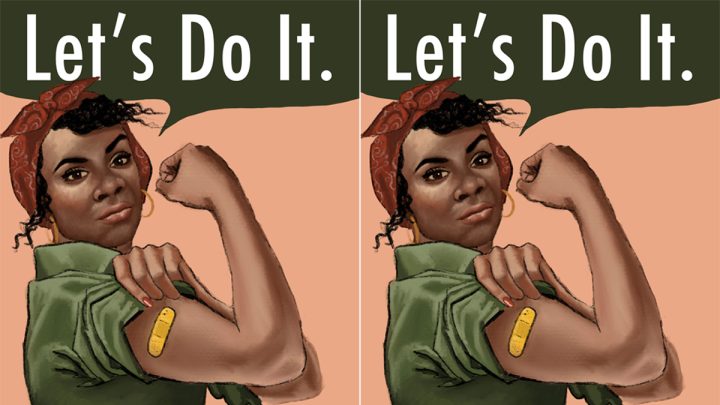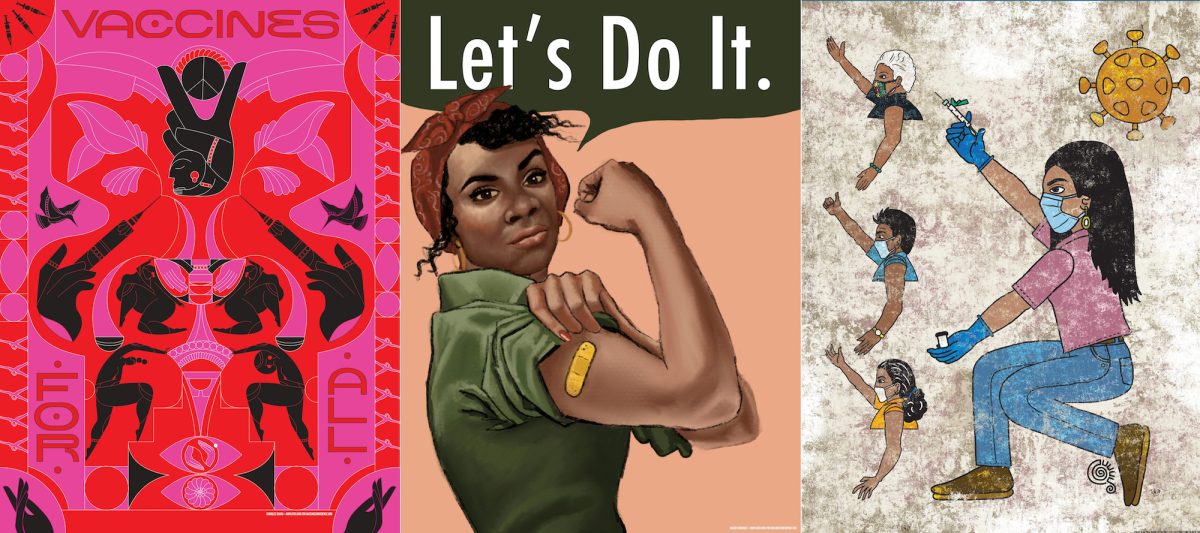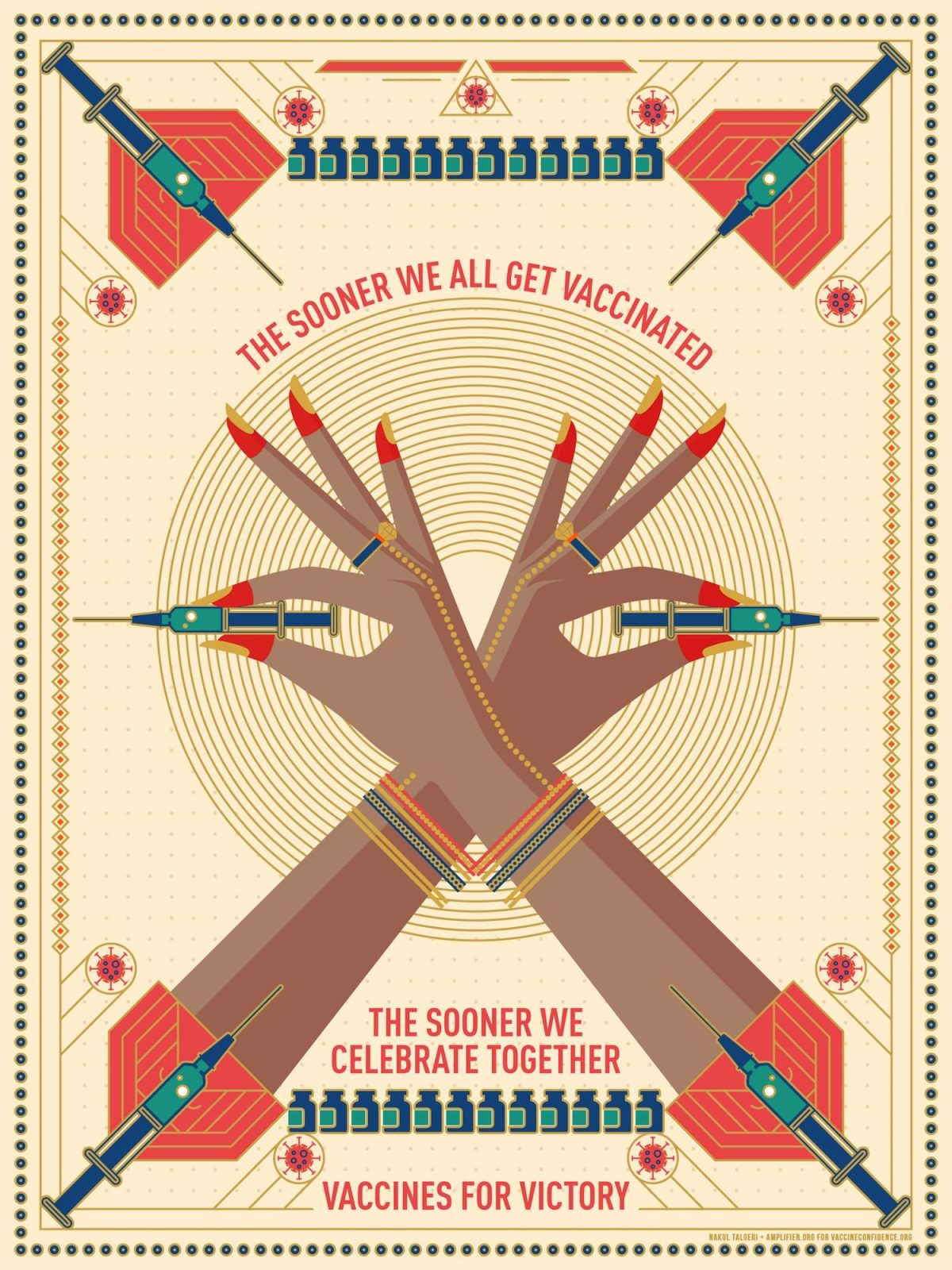

As COVID-19 cases and hospitalizations continue to rise, primarily fueled by the highly contagious Delta variant, governments and health authorities are ramping up their efforts to raise vaccination rates, issuing mandates and even offering paid incentives. Now, the Centers for Disease Controls and Prevention (CDC) is adding the arts into the mix, encouraging cross-sectors collaboration between public health and culture.
The agency has launched a comprehensive resource page for state and local health departments seeking to partner with artists and arts organizations. The toolkit includes two field guides on developing sustainable and equitable programming as well as a “Vaccine Confidence Arts Response Repository” — a growing database of projects from across the country that use arts- and culture-based approaches to boost COVID-19 immunization.
Developed by the University of Florida (UF)’s Center for Arts in Medicine, the repository highlights existing initiatives that can serve as models — from the nonprofit Amplifier’s “#Vaccinated” campaign, which is awarding artists a total of $100,000 to create free, downloadable artworks and prints encouraging immunization, to vaccine clinics in Alaska doubling as live music venues.

“The arts attract attention, they’re interesting, they facilitate experiences that are memorable and can convey information in ways that are not just more understandable, but more personally relevant — through narrative, characters, images, music, and cultural practices and traditions,” Sonke told Hyperallergic.
These approaches can be especially beneficial in communities where racism and marginalization have led to deep-seated distrust in the healthcare system. In the field guides, which Sonke helped author, she refers not just to artists but “culture-bearers” — trusted figures who are capable of listening and facilitating dialogue.“These are people who hold the cultural, historical, and practical traditions in the communities. They certainly include artists, but they are also faith leaders, librarians, barbers, hairstylists, teachers,” she says. “They’re influencers, facilitating opportunities for those groups to come together in a non-threatening way. It’s not all about persuasion, it’s about people being given every opportunity to make their own decisions.”
Sonke cites New Orleans’s “Sleeves Up, NOLA” campaign, which embraced Mardi Gras and Carnival dance culture to encourage residents to get the shot, and Hip Hop Health’s “Community Immunity,” a five-part animated rap anthology about the vaccine’s benefits.Recognizing the historical and ongoing injustices driving distrust of vaccines among Black, LGBTQIA+, Native American, and other demographics, is a key first step. But the arts can also be helpful in overcoming other obstacles, such as social media disinformation driving anti-vaccine sentiment, by creating new, powerful conversations.
“When we have what I term ‘aesthetic experiences,’ and I’m not referring to high art but experiences that are different from our everyday, from other moments in our lives, we are in a particularly receptive space,”
Sonke added. “And research shows that when people communicate to others what they hear, learn, and experience in those moments, when they convey them to others, those people are even more likely to change their behaviors than those who experienced them firsthand.”The radio serial drama Rock Point 256, for instance, produced and broadcast in Uganda, had a qualitative impact on improving rates of
HIV testing and use of condoms among listeners.“But they found that the people whom listeners told about the program changed their behavior even more, because they heard the passion and energy through that communication,” Sonke said.
0 Commentaires